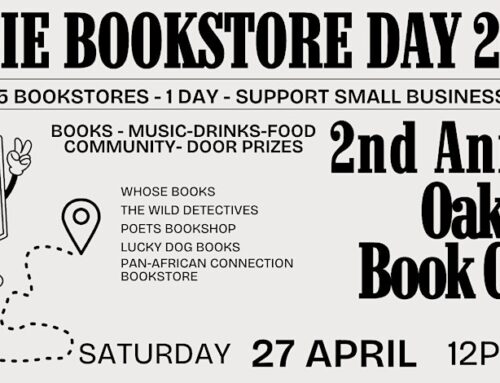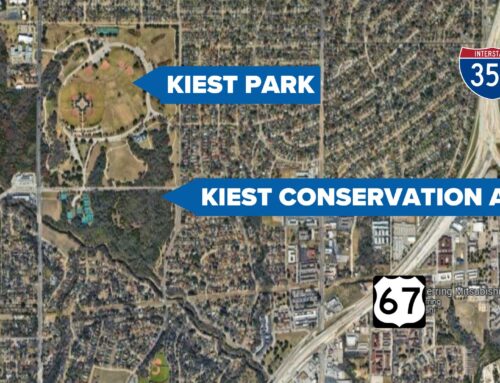These days, when a church professes to be “inclusive”, that means it welcomes anyone into its worship, no matter his race, culture, political views, background, and sometimes even beliefs. It’s also pretty safe to assume that an “inclusive” church calls itself so because it has taken a stance in the last 10 or 20 years to welcome people of any sexual orientation.
This is how Church in the Cliff puts it on its website: “Church in the Cliff is a safe place to worship regardless of your race, creed, gender, cultural background, sexual orientation, or your socioeconomic status. We have all been created in the image of God and God has declared that is very good.”
It struck me while working on this story that just a few decades ago, a church that both literally and metaphorically proclaimed its intent to “open the doors to anyone” was likely a white church welcoming blacks into its midst, or vice versa. That may seem obvious to many of us now, even anti-Christian to do otherwise, but it was a radical decision on the part of churches in the ’60s and ’70s, especially in the South (no, Texas is not categorically the South, but Dallasites often tell me that in terms of race, it might as well be).
In the late ’80s, ‘90s and early 21st century, churches who have welcomed gay and lesbian people as fellow worshippers and equal members are considered radical. Church in the Cliff and Kessler Park United Methodist Church are two of those, and pastors Laura Fregin and Tim McLemore are happy with such a designation. In fact, they believe that their churches’ decisions to be open to anyone is a major reason their congregations are growing.
While working on this story, pastors of more conservative or moderate congregations told me off the record that they think the future of churches will trend in the direction of being inclusive to people of all sexual orientations, an the idea of excluding gay and lesbian people will become ludicrous, just as the idea of a church today stopping people at the door because of their skin color is ludicrous.
I have a hunch, though, that even if it becomes the norm in 10, 20, 30 years, the churches that will be able to best live out their call to inclusivity will be the churches that took the stance early on. Those who don’t will probably struggle, just as the churches that remained closed off in the ’60s and ’70s, either officially or unofficially, still struggle today to have a multi-racial congregation.
Many pastors I talked to admitted that, unfortunately, the words of the late Martin Luther King Jr. — “the most segregated hour of Christian America is eleven o’clock on Sunday morning” — are still true four decades later. They were spoken in King’s last public sermon, as he christened the pulpit at the National Cathedral in Washington, D.C., and you can listen to excerpts here.





